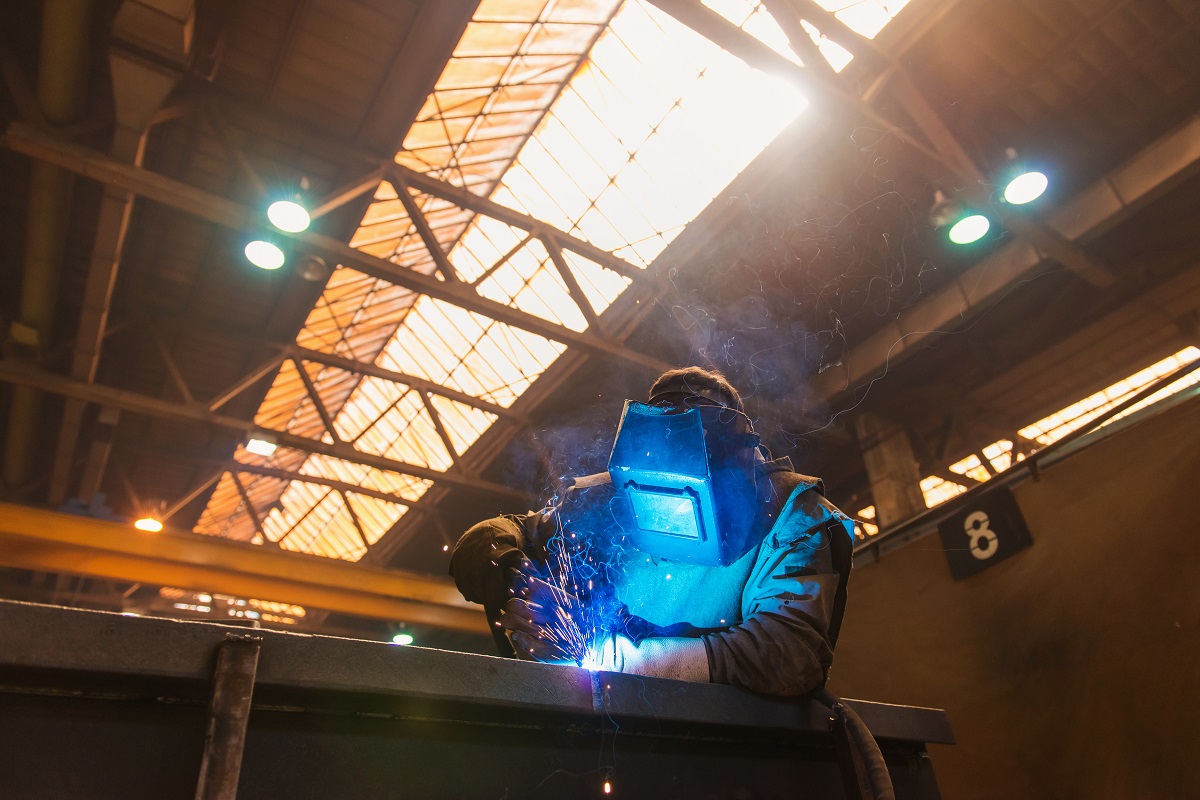Grasping the Art of Welding: How to Prevent Undercut Welding Issues for Flawless Fabrication Outcomes
Performance and precision are extremely important in the globe of welding, where also the smallest flaw can compromise the structural honesty of a fabricated item. One typical challenge that welders face is undercutting, an issue that can compromise a weld joint and lead to costly rework. By recognizing the origin triggers of undercut welding and implementing efficient strategies to avoid it, welders can boost their craft to new levels of quality (Preventing weld undercut). In the search of remarkable construction outcomes, understanding the art of welding to avoid undercut problems is not simply a skill yet a need for those striving for perfection in their work.
Comprehending Undercut Welding

To stop undercut welding, welders must guarantee correct welding parameters, such as readjusting the current, voltage, travel rate, and preserving the appropriate electrode angle. In addition, using the proper welding strategy for the certain joint setup is essential. Utilizing weaving activities or backstepping techniques can aid make sure proper weld metal deposition and minimize the chance of undercut development. Regular assessment of welds throughout and after the welding procedure is also important to catch any kind of undercut very early and make required modifications to avoid more issues. Preventing weld undercut. By comprehending the reasons for undercut welding and carrying out preventive actions, welders can accomplish top quality, structurally audio welds.
Sources Of Undercut in Welding
Understanding the elements that add to undercut in welding is crucial for welders to generate high-grade, structurally sound welds. Insufficient welding existing or incorrect welding rate can likewise add to damage. Understanding these causes and applying proper welding methods can aid prevent undercutting problems, making certain solid and resilient welds.
Strategies to avoid Undercutting

To minimize the risk of undercutting in welding, welders can utilize calculated welding strategies focused on improving the quality and integrity of the weld joints. One efficient technique is to change the welding criteria, such as voltage, existing, and travel speed, to make sure correct warmth input and deposition. Keeping an ideal electrode angle and ensuring consistent helpful hints travel speed can also help avoid undercut. Additionally, utilizing the right welding method for the certain joint setup, such as weave or stringer beads, can contribute to decreasing undercutting. Preventing weld undercut.
Utilizing back-step welding methods and controlling the weld grain profile can additionally help distribute warm uniformly and decrease the threat of undercut. Normal inspection of the weld joint throughout and after welding, as well as carrying out quality assurance measures, can help in resolving and identifying damaging problems immediately.
Significance of Proper Welding Parameters
Selecting and preserving appropriate welding specifications is important for attaining successful welds with marginal defects. Welding criteria refer to variables such as voltage, current, travel rate, electrode angle, and protecting gas flow rate that directly influence the welding procedure. These specifications need to be carefully readjusted based upon the sort of product being bonded, its density, and the welding strategy used.
Correct welding criteria guarantee the ideal quantity of warmth is related to melt the base steels and filler product evenly. If the specifications are established also high, it can cause excessive warmth input, triggering burn-through, distortion, or spatter. On the other hand, if the specifications are too low, insufficient fusion, lack of infiltration, or undercutting might occur.
Quality Control in Welding Procedures

Final Thought
Finally, mastering the art of welding calls for a thorough understanding of undercut welding, its reasons, and techniques to stop read it. By making certain appropriate welding specifications and applying quality control techniques, perfect fabrication outcomes can be attained. It is necessary for welders to regularly pursue quality in their welding procedures to prevent undercut issues and produce high-grade welds.
Undercut welding, a typical issue in welding processes, happens when the weld steel does not appropriately fill up the groove and leaves a groove or clinical depression along the welded joint.To avoid undercut welding, welders need to guarantee correct welding parameters, such as readjusting the current, voltage, travel speed, and keeping the correct electrode angle. Insufficient welding inaccurate or current welding speed can additionally contribute to undercut.To alleviate the risk of undercutting in welding, welders can utilize tactical welding methods aimed at improving the top quality and honesty of the weld joints.In conclusion, mastering the art of welding calls for a detailed understanding of undercut welding, its causes, and methods to stop it.